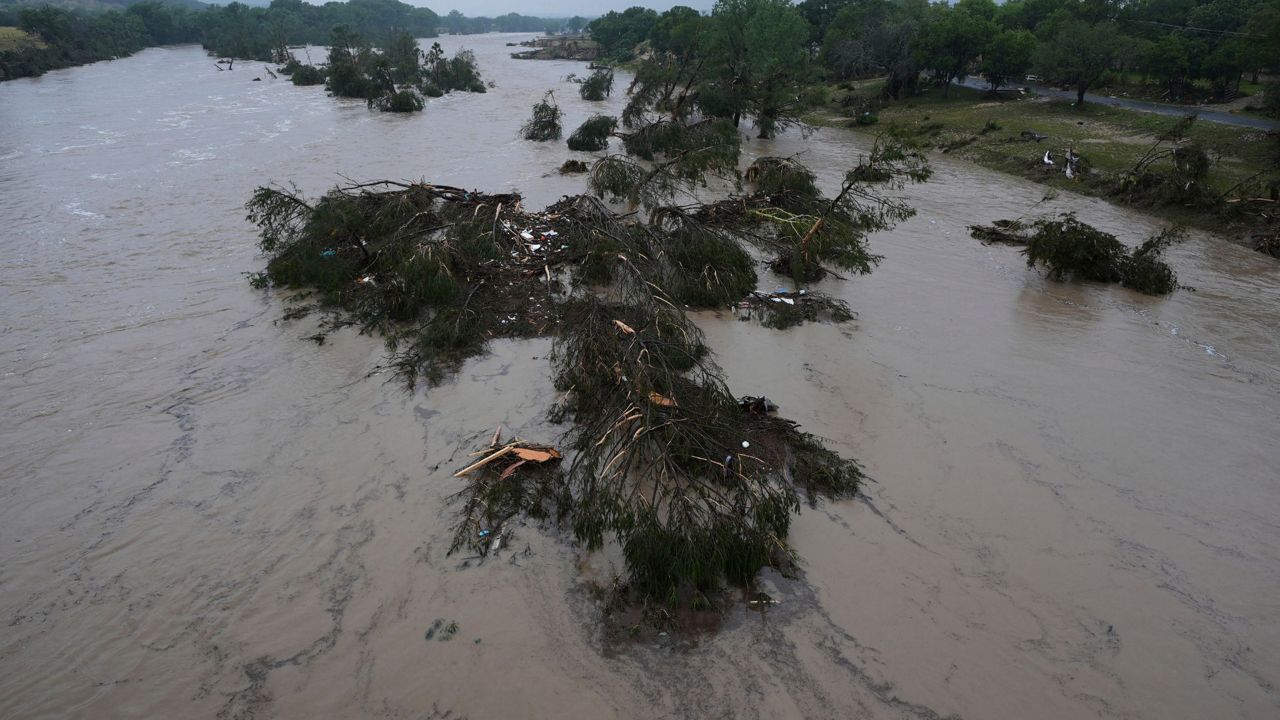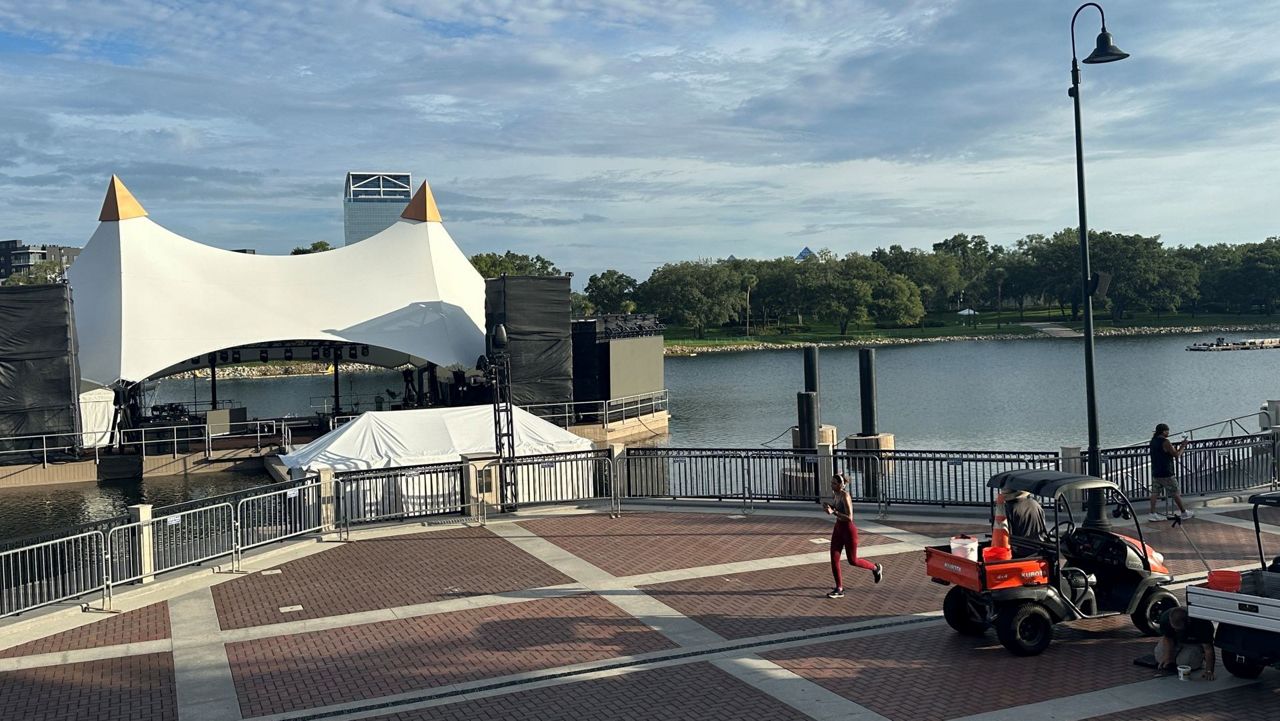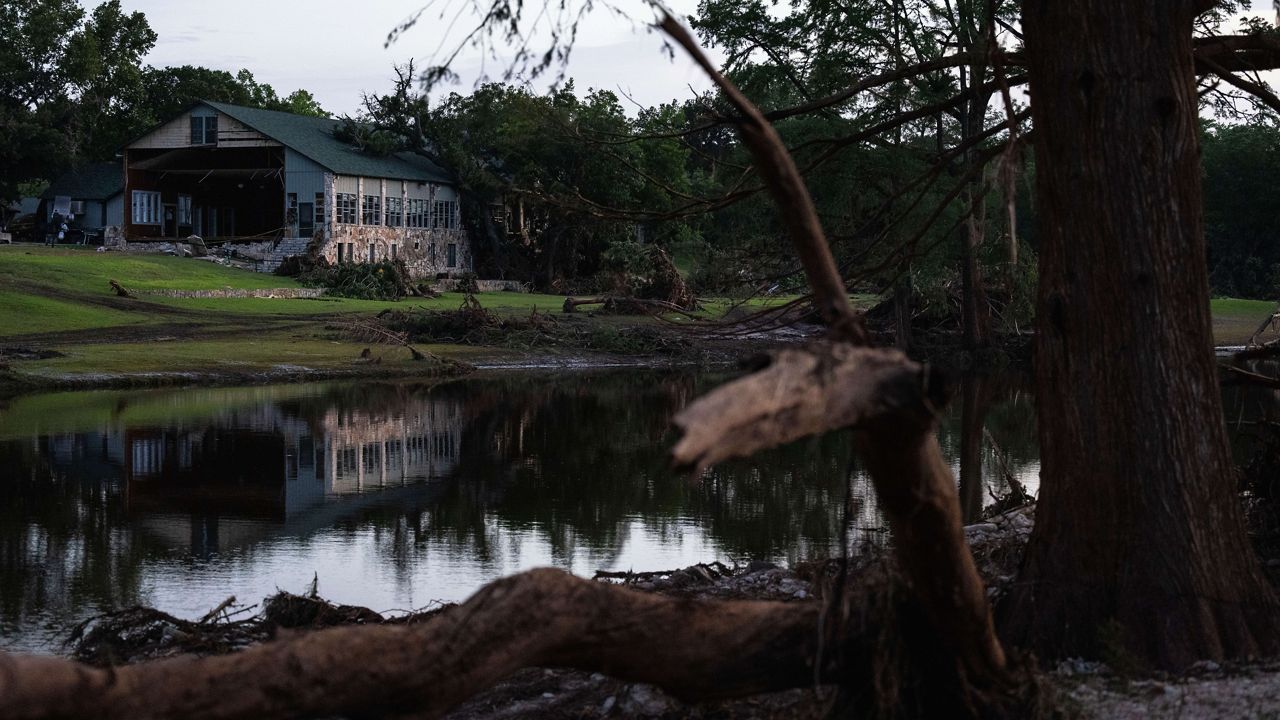CLEVELAND — It’s beach season, and an important part of beach safety is making sure the water doesn't contain harmful levels of alga and bacteria.
One northeast Ohio organization checks the water every day to make sure the public knows what it's getting into.
It's been several years since the last toxic, harmful algal bloom at one of Cleveland’s beaches.
On any given day during the summer, water samples are collected from Cleveland’s public beaches like Edgewater, Villa Angela and Euclid beach park.
Testing normally begins around Memorial Day weekend and continues daily until Labor Day Weekend.
“We collect an E.coli sample and a turbidity sample, to test the water quality at these beaches daily, and those E.coli samples take about 24 hours to get those results back," said Christina Miller, an environmental specialist at the Northeast Ohio Regional Sewer District (NEORSD).
She is a part of the team that monitors the quality of the water to make sure it's safe for the public. She and her team monitor levels of bacteria and toxic algae, since both can be harmful
Algal blooms are noticed by a visual test; samples are collected and tested at the lab to see if the bloom is toxic. Cavan Smith is a biologist for the Northeast Ohio Regional Sewer District. He is one of the people who test samples.
“In the event of a bloom and if there is harmful algae in the water; there are a few types of harmful algae that produce a variety of toxins. The most common one, microcystin, if ingested or swallowed, or swim in the lake can be can cause liver damage.” Said Smith.
Another test that is done daily is for E.coli. According to the Environmental Protection Agency, contact with high levels of E.coli can cause upset stomach.
“E.coli is a great indicator bacteria of water quality levels.” Smith said.
Predictions are made as to whether the water quality is good or bad followed by testing. If the water quality is bad for any reason, advisories are posted.
“Once the high levels of toxins and E.coli are in the water there's no process to remove these,” Smith said. "But we do minimize it by public education and monitoring the beaches every day.”
The water quality can be checked on the NEORSD website, the Cleveland Metroparks and Ohio Department of Public Health.






